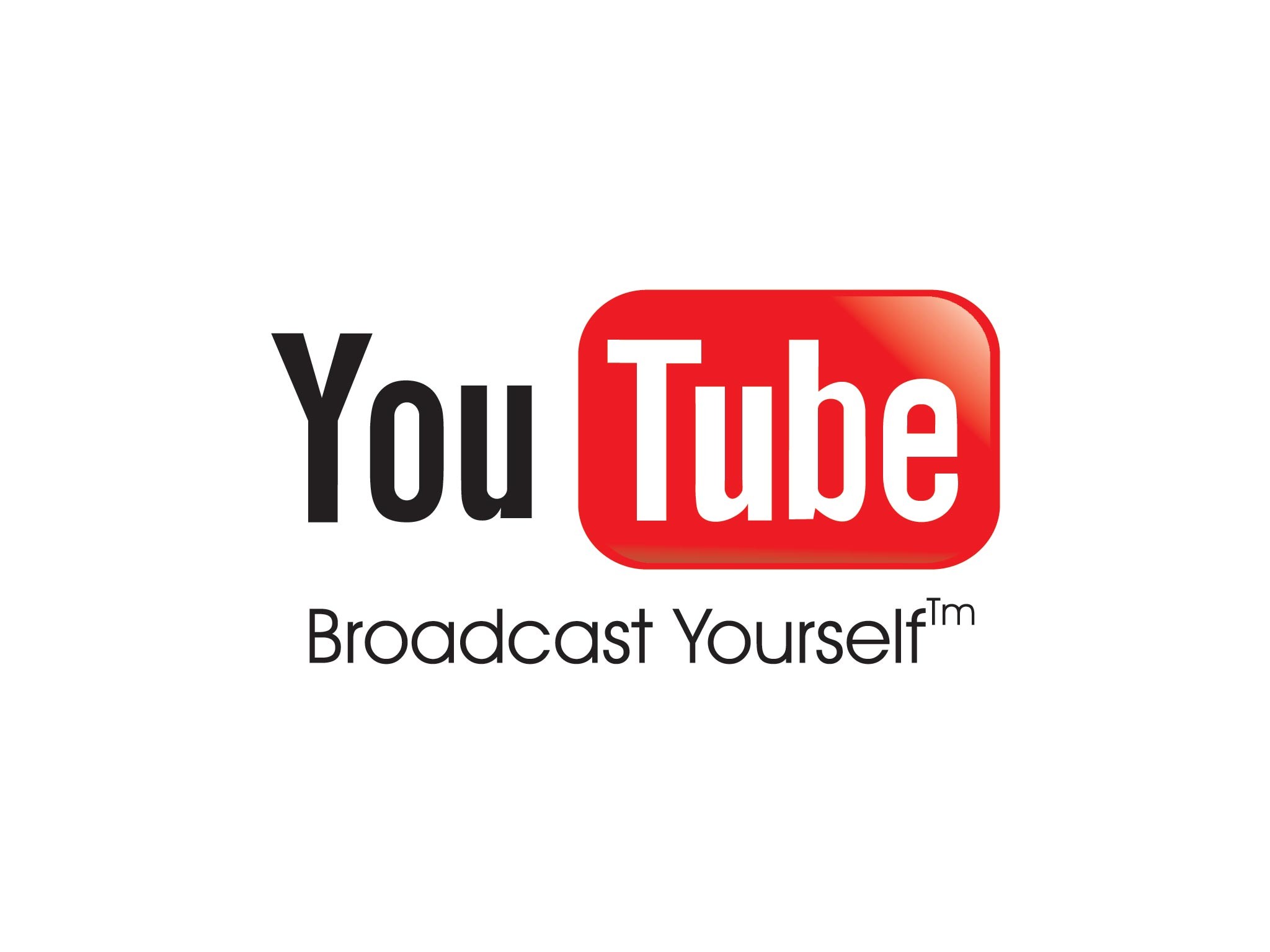When video content marketing started gaining popularity, many people thought it was just another fad, just like all other content marketing methods. However, we now know that is not the case. Information is in motion.
The rate at which people consume information is growing exponentially. You watch one YouTube video about video games and probably see one advertisement for another gaming channel.
With the ever-expanding advances in video content and with brands trying to push the envelope at all costs, does video content marketing have what it takes to win over text content marketing as the predominant form of content marketing?
The Changing Face of Video Content Marketing
Video is becoming even more important in the coming years with the rise of influencers like Mr. Beast and Casey Neistat, who have gained fame by creating YouTube videos.
These influencers have millions of followers who enjoy watching them create unique content. They enjoy it so much that they might even pay money to see their favorite influencer upload something new onto YouTube or another platform like Instagram Stories or TikTok.

What Is Video Content Marketing?
Video content marketing is creating and distributing videos to promote your business. It’s a form of marketing that has been around since the early days of television, but it’s only recently become a cornerstone of digital marketing campaigns.
Video content marketing includes:
- Videos that are used as part of an email campaign
- Videos embedded on your website
- Videos hosted on video-sharing platforms.
You can use video content marketing for any purpose — from introducing new products or services to explaining how they work. Video content can also demonstrate how to use certain products or services or perform specific business tasks.
5 video marketing trends that you need to know about
If you want to promote your business, you must know about these 5 video marketing trends:
Annotated videos
Annotated videos are videos that have text overlays that explain what’s happening in the video. These are great for educating viewers or providing details about products and services.

In addition to being engaging and informative, they can help you increase conversion rates because they tell people exactly what they need to do next.
Interactive video
Interactive videos allow viewers to engage with content in several ways, including by clicking on buttons or links within the video itself or by replying to a comment left by another viewer.
Interactive videos can be used as part of an email campaign or as standalone pieces hosted on your website or social media accounts.
They can also be used for product demonstrations or tutorials for your customers who want more information about your products or services before making a purchase decision.
Live streaming
Live streaming allows companies to share real-time videos of events or products with their audience. These videos can include anything from cooking demonstrations to product launches — anything that would benefit from being presented live rather than recorded and edited beforehand.

Live streaming has become popular among social media influencers because it allows them to connect with their followers while they broadcast themselves doing something they’re passionate about.
For brands, this means they can see what people are saying about them while presenting their products or services directly to their potential customers.
Short Videos
Since people are very busy, they don’t have time to deal with long videos, so short videos are the perfect solution.
Short videos allow you to convey your message quickly and effectively. They can be used on social media platforms or as part of your website.
Short videos are one of the most popular forms of content on social media, and they’re easy to create using video editing tools like Adobe Premiere or iMovie. Short-form content is all the rage, but it isn’t going anywhere soon.
Video in email
Video in email is still a very powerful marketing tool. It’s not just about creating video content that’s easy to watch but also about using the right format for your audience and the specific message you want to send.
Vertical Video
Vertical video is a type of video that plays vertically on your website or social media pages rather than horizontally as traditional video does. This type of video is more about storytelling than traditional marketing, and it’s one of the hottest trends in digital marketing right now.

Here are some reasons why vertical video is blowing up:
It helps you reach more customers with fewer ads. Vertical videos are designed to be consumed vertically and can be displayed on websites, social media feeds, and mobile devices. This allows you to target a specific audience by creating videos that appeal to them specifically.
It’s perfect for long-form content marketing. Vertical videos take advantage of their vertical format to tell stories in-depth without scrolling down or clicking away from your content. This makes it ideal for long-form content marketing and shorter blog posts or product descriptions (think product reviews).
The Eventual Takeover of Video Content Marketing
Video content marketing has already taken over the internet, but there’s still room for it to grow in popularity and effectiveness. The number of people watching videos online has increased dramatically over the years, with TikTok being the most popular platform for viewing them.

This means that it’s important for companies who want to reach their target audience through video content marketing to start by creating videos for YouTube first and foremost.
Once those videos have been created and uploaded onto the platform, there’s still plenty more work left to do before they can be considered successful.
Takeaway: In short, video marketing is a trend that is here to stay. A few brands may continue to stick with more conventional forms of content marketing, but for most others, it will become an increasingly important part of their marketing strategies.
That said, its importance does not mean that every brand should rely solely on video marketing. Brands should still consider their target audience when determining the best form of content marketing to employ.
Related posts
New Articles
How to Find the QR Code on Twitch App
So, you’re trying to log into Twitch and you keep seeing something about a QR code. Or maybe you just…


